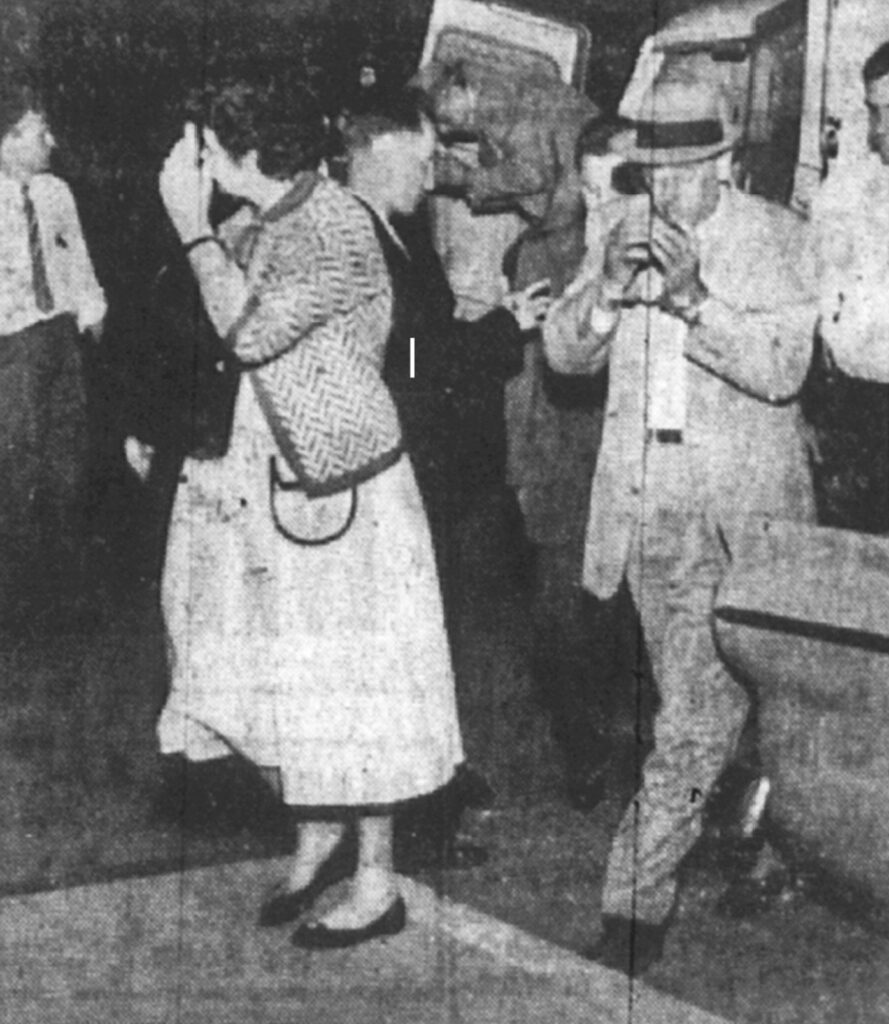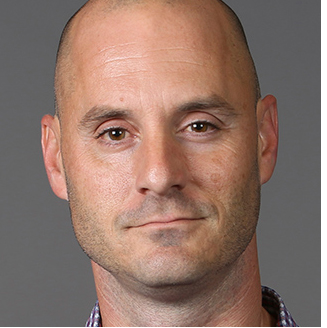THE REAL HOUSEWIVES OF BOLITA
Forget everything you think you know about Tampa mafia wives and girlfriends in the 1950s. Unlike how mafia girlfriends and wives are usually depicted in movies, these women were not stay-at-home housewives or trophy girlfriends in Tampa. Instead, they were as crucial to the bolita rings that flourished in Tampa as the male mafia members were.
“A lot of women would sell numbers or collect numbers. We could hide from the police a little easier than men could,” explained a woman who would only call herself Jitterbug. Jitterbug was the girlfriend of one of the Tampa Bay area’s most prominent gangsters. She was trusted to sell numbers and run a “Pick Up House” out of a grocery store in Tampa and, on occasion, to be the final driver in her territory’s bolita maze, bringing all the numbers to the “Drop House.”
She remembered one specific occasion where all the numbers for Palmetto Beach had been collected. Still, Ellis Clifton, head of the Hillsborough County Sheriff’s Office’s Vice Squad, was tipped off and looking for the final driver to pick up the numbers and bring them to the Drop House.

“If the police were tipped off and looking for a big delivery, I would often get the call to make the big pickup and drop it off because I could be trusted, said Jitterbug. “I was called to make the Palmetto Beach pickup, and I was told to be careful because Ellis Clifton was under a bridge on the route and was looking for the car making the pickup. He had a green station wagon back then–it was important always to remember what the police drove, and when I crossed that bridge, I saw that green station wagon sitting under it. I made the pickup but was worried that if he saw my car cross that bridge twice in a short period, he would stop me to check on me. I saw three or four kids walking down the road when I got close to the bridge. They were wearing bathing suits and had towels. I pulled over and asked if they were going to the swimming pool, and they told me they were going to Cuscaden Park in Ybor City to swim. So, I offered them a ride, and when I drove back over the bridge, I looked like a mom who drove to Palmetto Beach to pick up her son and friends to take them to the pool, so [Clifton] had no reason to suspect me of anything.”
Jitterbug said she then dropped the kids off at the pool and delivered the numbers. And, she said, even if the police did tail her when she entered the Drop House, they would have no reason to believe she was making the final delivery. “I didn’t have anything in my hands,” she laughed. “The numbers were hidden under my skirt.” Other women had even better ways to hide the numbers.
“I remember a black lady in St. Petersburg used to bring bolita numbers to Tampa in a big Dodge and always brought a bunch of kids with her, said Jitterbug.” In fact, she was the one who gave me the idea to pick up those kids that day because she always had kids with her to throw off the police. Anyway, the police were on to her that day. She was speeding, so they used that as an excuse to pull her over. The bolita banker bailed her out of jail. I figured she would be too scared to see the banker and apologize for speeding and losing all the numbers because if she got rid of the numbers before she was pulled over or the police took them, it would be a major hassle. After being bailed out, she showed up at the Drop House to see the banker and wasn’t scared. She said she had all the numbers on her. She opened her shirt, took out one of her breasts, and lifted it. She had big breasts. And, underneath her breasts, she had every bolita number. The police didn’t search her too thoroughly. I guess because they were too much of a gentleman and didn’t want to offend a lady.”
Originally written in Cigar City Magazine

Paul Guzzo is a reporter for the Tampa Bay Times. He found the lost segregation-era all-black Zion Cemetery. His unique beat also includes the local film industry, Tampa history, professional wrestling, and the odd and unique people who make up this area. Guzzo has been a journalist in Tampa since 1999, including a senior writer for Cigar City Magazine and Tampa Mafia Magazine. In his younger years, he was an independent filmmaker best known for an award-winning documentary on Charlie Wall, Tampa’s first crime lord.
